Two patients have gotten back on their feet.
In 2006, Austrian skier Wolfgang Jäger suffered a spinal cord injury during an accident, leaving him wheelchair-bound. Now, at 54, he is regaining mobility thanks to a groundbreaking deep-brain stimulation technique. This innovation has allowed him to take steps and perform daily tasks, such as reaching for items in his kitchen, showcasing the potential of this technology.
The breakthrough comes from researchers at the École Polytechnique Fédérale de Lausanne (EPFL) and Lausanne University Hospital in Switzerland. They discovered that stimulating an unexpected area of the brain—the lateral hypothalamus—helped restore movement in Jäger and another patient with spinal cord injuries. Previously, this brain region was thought to be primarily involved in arousal and feeding behaviors. The findings, published in Nature Medicine, suggest a new role for the lateral hypothalamus in motor recovery.
Deep brain stimulation involves implanting electrodes in specific brain regions to regulate neural activity, a technique traditionally used to treat conditions like Parkinson’s disease. Researchers first tested their hypothesis in mice, mapping the neural circuits linked to walking recovery. Encouraged by their success, they moved on to human trials, guiding electrode placement using brain scans in awake patients. The results were immediate: one patient reported feeling her legs and experiencing an urge to walk as soon as the stimulation began, confirming the effectiveness of targeting the lateral hypothalamus.
Study co-leaders Jocelyne Bloch and Grégoire Courtine emphasized the significance of this discovery. According to Courtine, the brain retains untapped neural pathways after a spinal cord injury. Stimulating the lateral hypothalamus can activate these residual connections, aiding neurological recovery. While the study only involved two patients, the researchers believe this approach could be integrated with other technologies, such as spinal implants, for a more comprehensive rehabilitation strategy.
Moving forward, the team plans to explore combining brain and spinal stimulation to maximize recovery for individuals with spinal cord injuries. Bloch and Courtine, who co-direct EPFL’s NeuroRestore center, are optimistic that these advancements could significantly improve mobility for many patients in the future.







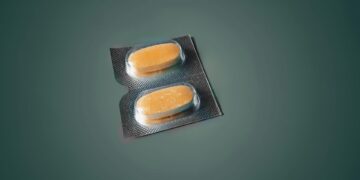

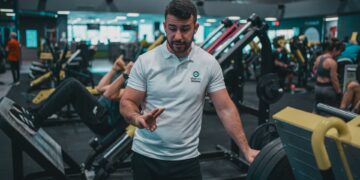




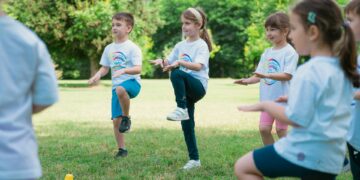





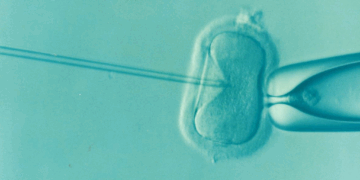
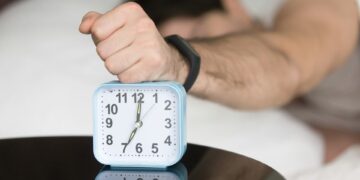
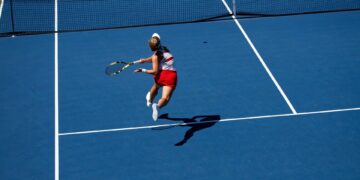


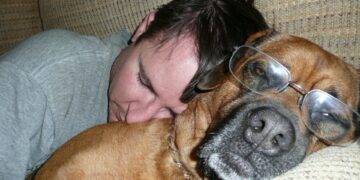







Discussion about this post